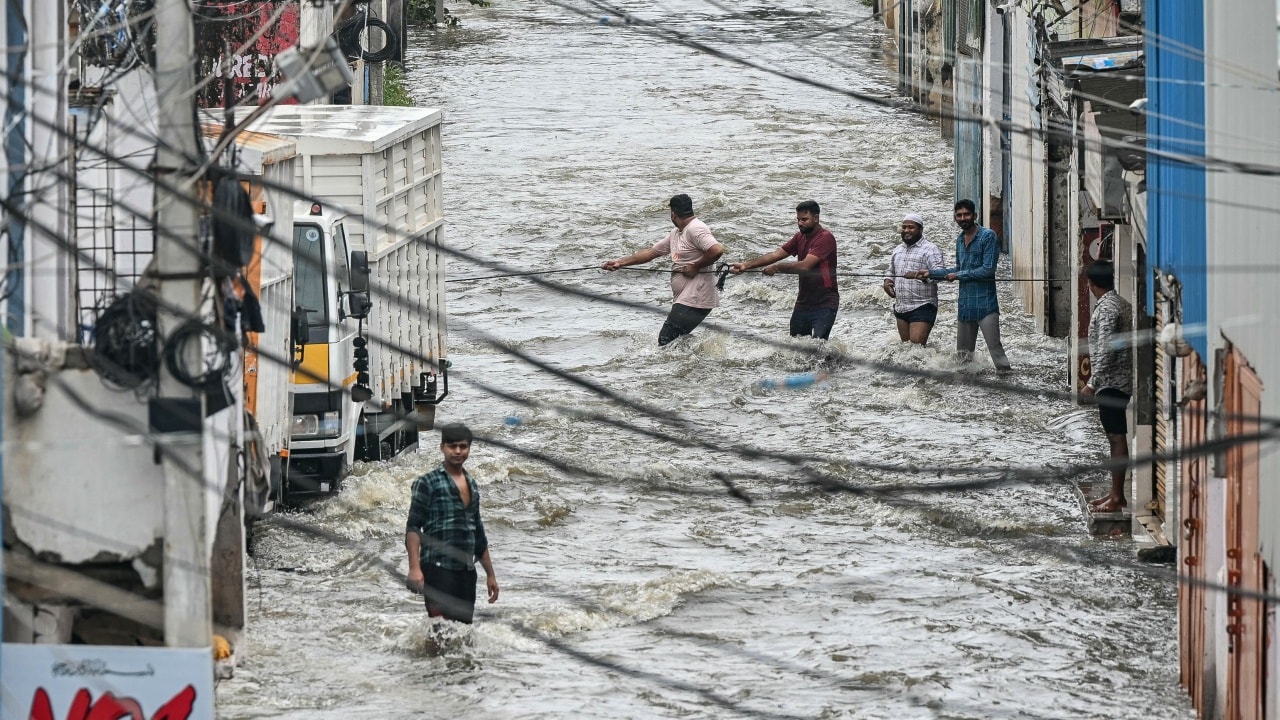India has been ranked ninth among countries most affected by climate-related disasters over the past three decades, according to the latest Climate Risk Index (CRI) report published by Germanwatch, a Bonn-based environmental think tank.
The report, unveiled on the second day of the COP30 Climate Conference in Belém, Brazil, paints a worrying picture of India’s vulnerability to extreme weather events such as floods, cyclones, heatwaves, and droughts — even as the country shows gradual improvement in disaster resilience.
India’s Ranking and Global Context
India’s position slipped one place from 8th in 2023 to 9th this year among the worst-hit nations. However, the country improved its rank from 10th to 15th in the list of countries most affected in the previous year alone, suggesting that fewer major disasters occurred in India during the last year or that disaster preparedness has improved.
Globally, the report notes that 8.32 lakh lives were lost between 1995 and 2024 due to extreme weather events. Out of these, India alone accounted for around 80,000 deaths, representing nearly 9.6% of total global fatalities caused by climate disasters.

The Cost of Climate Change
Over the last 30 years, India witnessed more than 430 major climate events, including cyclones, flash floods, prolonged droughts, and scorching heatwaves, leading to economic losses worth over USD 170 billion.
The report highlights that floods and landslides triggered by intense monsoon rains displaced millions, destroyed crops, and caused long-term damage to India’s agricultural sector. Coastal states bore the brunt of devastating cyclones such as:
Gujarat Cyclone (1998)
Odisha Super Cyclone (1999)
Hudhud (2014)
Amphan (2020)
Inland regions also suffered significantly, with floods in Northern India (1993), Uttarakhand (2013), and nationwide floods in 2019 ranking among the deadliest.
Recurring Heatwaves and Rising Risks
The report also warns of recurring heatwaves exceeding 50°C, which claimed thousands of lives in 1998, 2002, 2003, and 2015. Such extreme temperatures, once rare, have now become a recurring threat to human health, agriculture, and energy infrastructure.

A Call for Stronger Climate Action
Experts say that while India’s improved annual ranking reflects stronger disaster response systems and climate adaptation measures, the long-term data underscores the urgent need for comprehensive climate resilience planning.
“India’s diverse geography exposes it to multiple climate risks — from Himalayan floods to coastal cyclones and central heatwaves,” the report said, calling for greater investment in sustainable infrastructure, early warning systems, and climate-resilient agriculture.
As global leaders deliberate at COP30, India’s position on the list serves as a stark reminder: climate change is not a distant threat — it’s a lived reality for millions across the country.


